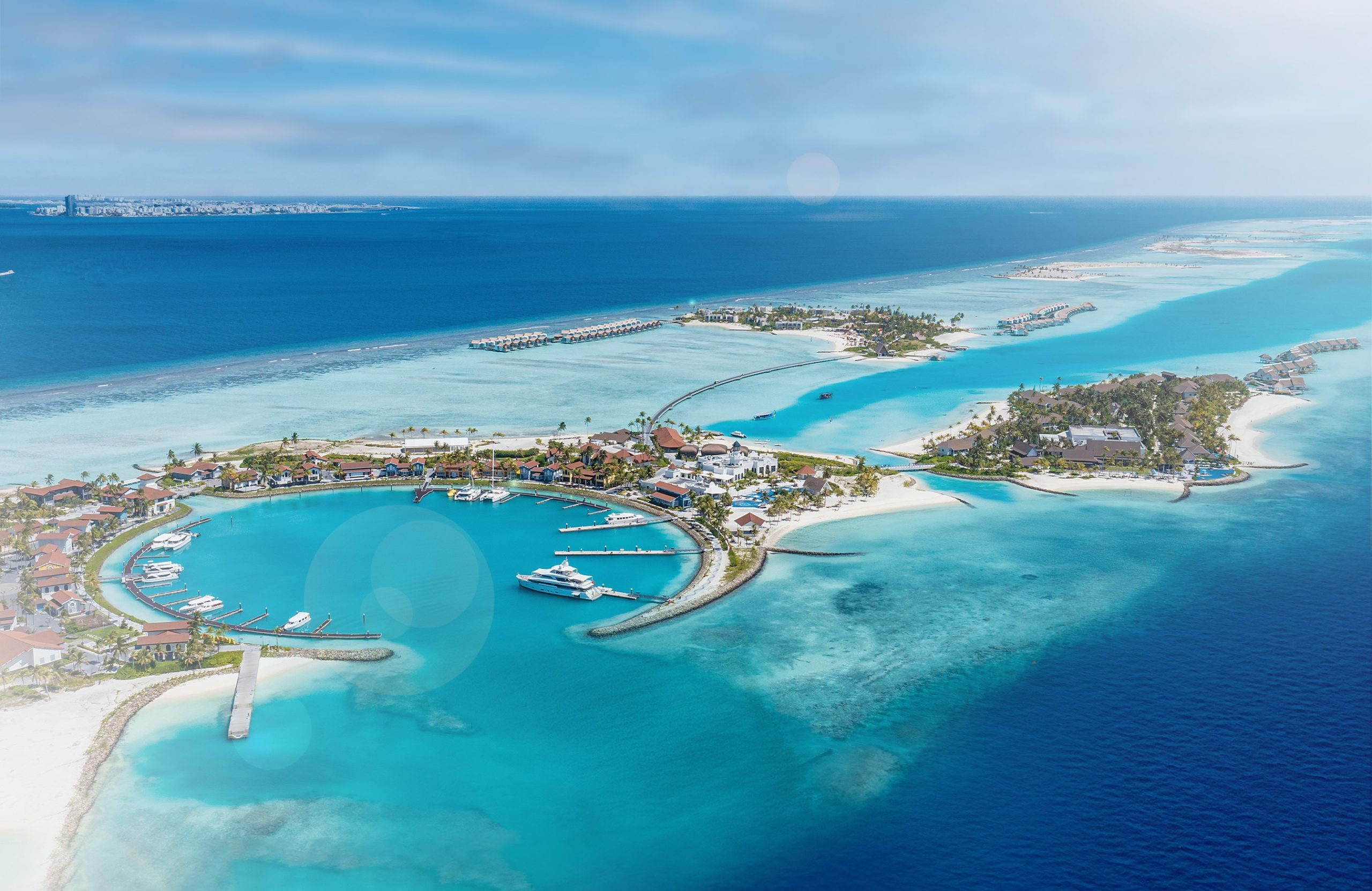Emirates has ramped up its capability to process refunds, reaffirming its commitment to customers and travel trade partners impacted by travel disruptions caused by the COVID-19 pandemic.
With nearly half a million refund requests pending to manage, the airline has taken proactive steps to restructure its backend procedures and boost resourcing to accelerate the processing of refunds. Pre-pandemic, Emirates processed an average of 35,000 refund requests in a month. Now it is gearing up to handle 150,000 per month, and aims to clear its current backlog by early August.
It is a difficult time for us, as it is for all airlines. We are dipping into our cash reserves by being proactive in processing refunds, but it is our duty and responsibility. We would like to assure our customers and trade partners that we will honour refunds, and that we are doing our best to speed things up.
Sir Tim Clark, President Emirates Airline
Customers who wish to request travel vouchers or refunds can easily do so via an online form on Emirates’ website, or contact their travel booking agent for assistance.
Emirates offers three options to its customers affected by flight cancellations and travel restrictions:
- Simply keep their existing ticket for up to 24 months, and call to reschedule their flight when they are ready to fly. Emirates has extended this option to apply to any ticket booked on or before 30 June 2020, for travel on or before 30 November 2020.
- Exchange the unused portion of their tickets for a travel voucher equivalent to the amount paid for their original booking. The travel voucher can be utilised for any Emirates product or service, with no change fees, providing customers more flexibility to reschedule when they are ready to travel again.
- Refunds. Customers who have opted to keep their ticket or opted for a travel voucher can still apply for a refund, if they are unable to travel. There will be no refund penalties.
Customers who have booked through travel agents should contact their agent for assistance. The same options will apply.
We sincerely hope that our customers and trade partners will choose to book and fly with Emirates again at a later time. For those who have opted to hold their tickets or exchange it for travel vouchers, we look forward to welcoming you on our flights again soon. Announcements will be made whenever we are able to resume services.
Sir Tim Clark, President Emirates Airline
For more information on Emirates’ waiver policy, and Emirates’ latest flight and business information relating to COVID-19 can be found here: https://www.emirates.com/ae/english/help/covid-19/







